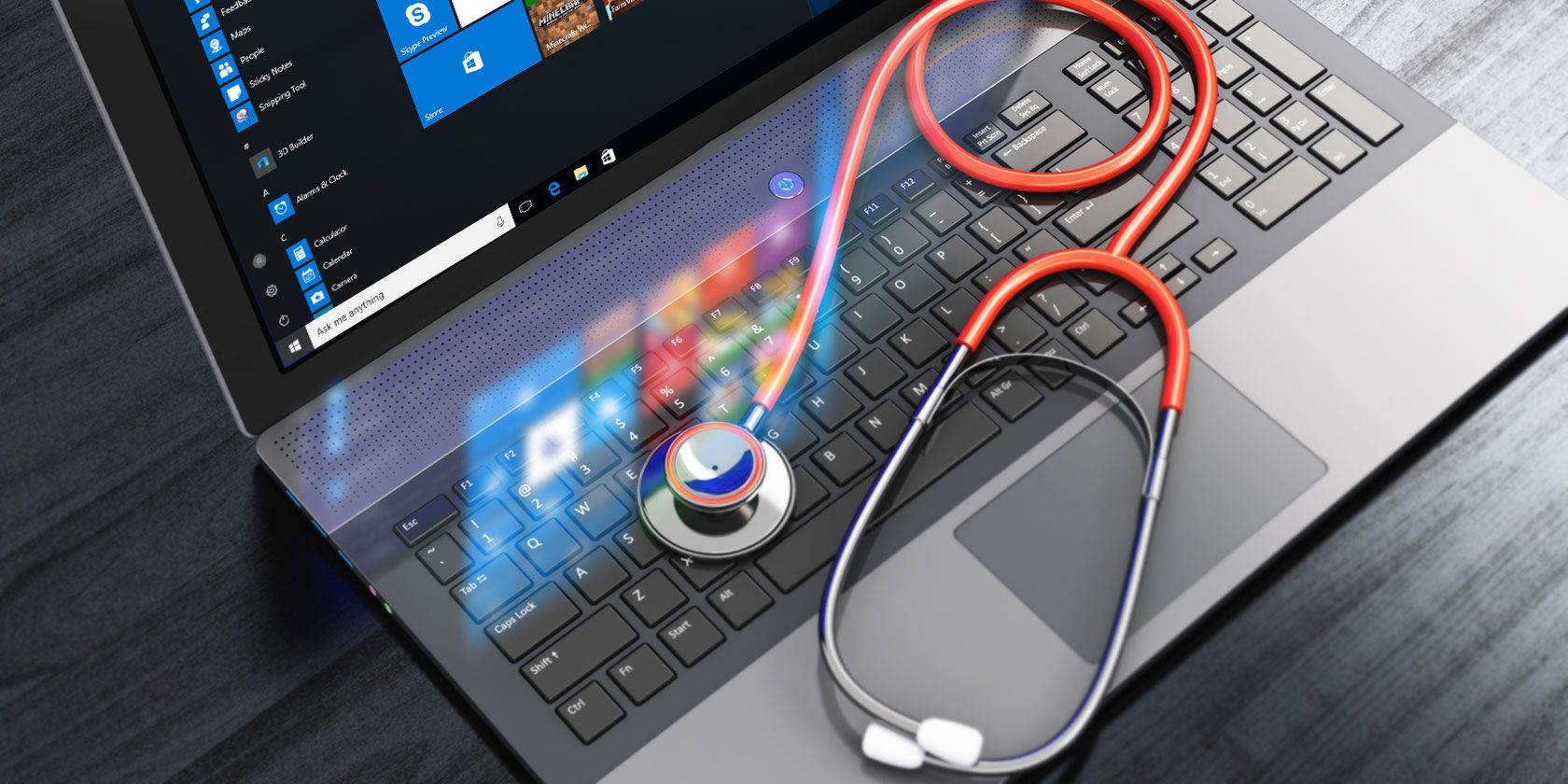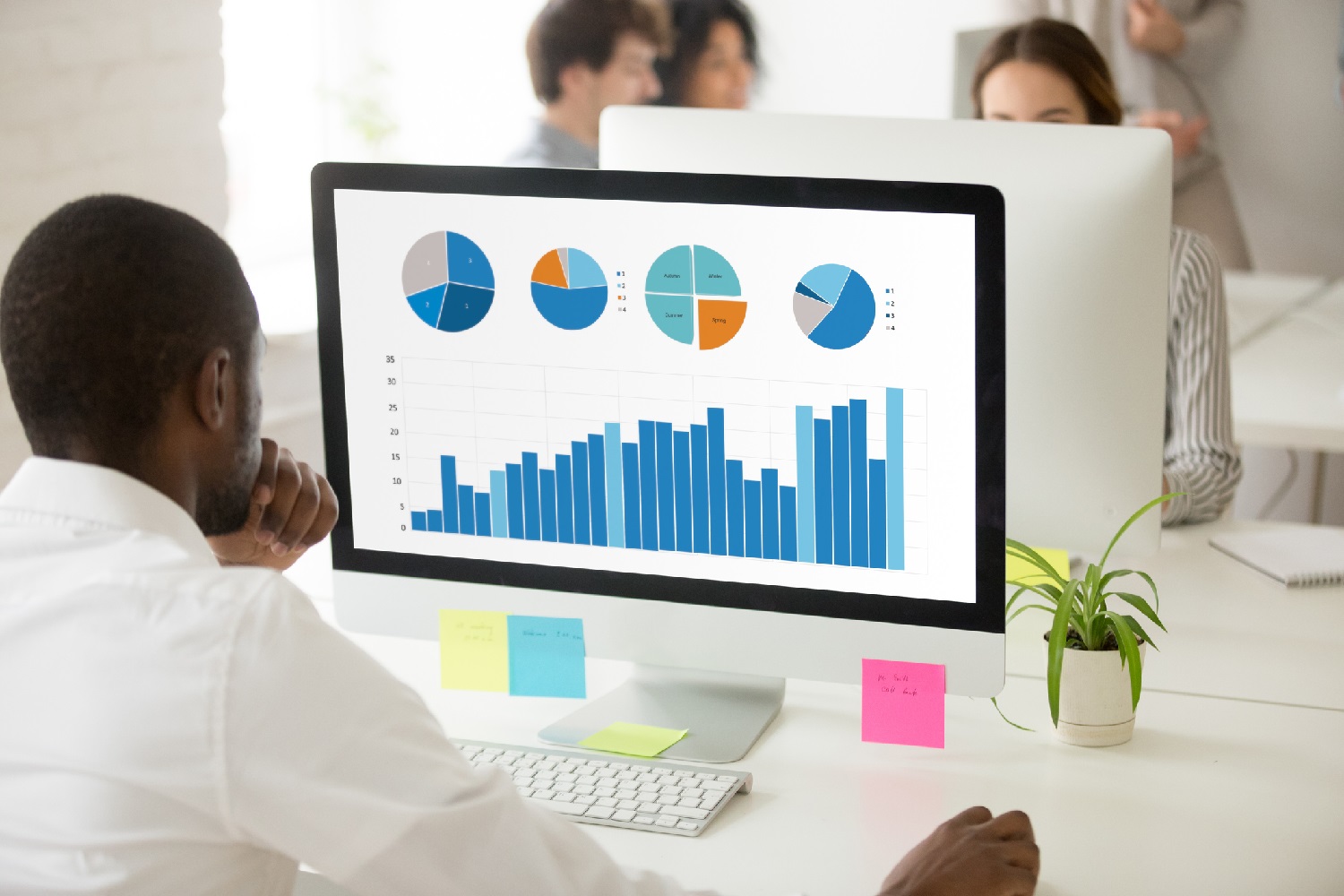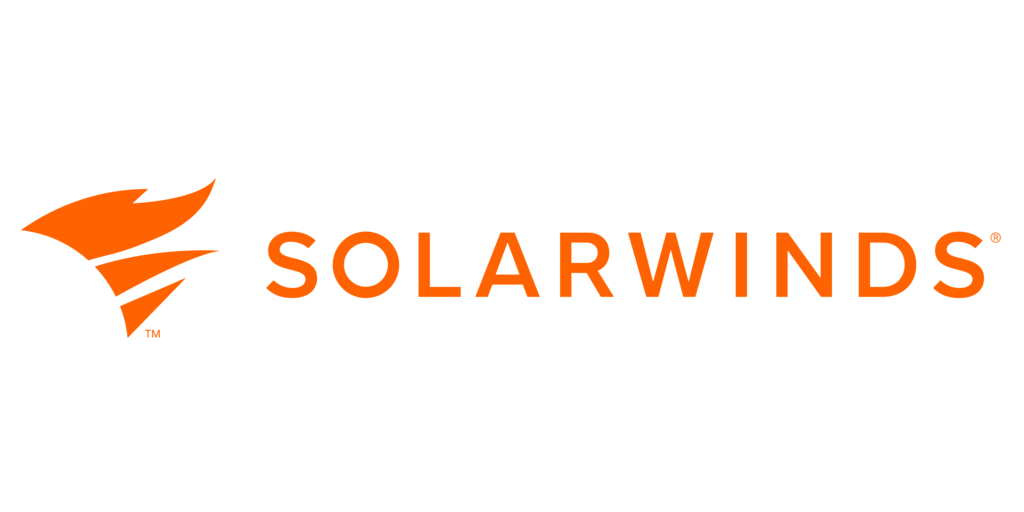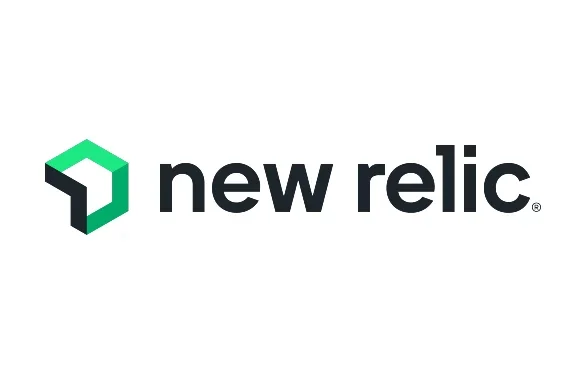How to Monitor System Health in Real-Time. Top 13 Real-Time System Monitoring Tools

Introduction
In today’s fast-paced digital landscape, real-time system monitoring is not just a luxury—it’s a necessity. Whether you’re managing a complex IT infrastructure or a simple network, the health of your systems directly impacts your business operations, user satisfaction, and overall productivity. In this comprehensive guide, we’ll explore the top 13 real-time system monitoring tools that can help you stay ahead of potential issues, ensuring your systems run smoothly and efficiently. For more articles visit our WEBSITE.
Why Real-Time System Monitoring is Crucial
Preventing Downtime
Downtime can be a nightmare for any organization. It can lead to lost revenue, decreased productivity, and damage to your brand’s reputation. Real-time system monitoring helps prevent downtime by providing instant alerts when something goes wrong, allowing you to address issues before they escalate. With proactive monitoring, you can minimize interruptions and ensure continuous service availability.
Enhancing Performance
Performance issues can be subtle but detrimental over time. Real-time monitoring enables you to keep an eye on your system’s performance metrics continuously. This includes CPU usage, memory consumption, network latency, and more. By identifying performance bottlenecks early, you can take corrective actions to optimize your systems, resulting in better efficiency and user experience.
Ensuring Security
Security threats are ever-evolving, and a breach can have devastating consequences. Real-time system monitoring is essential for detecting and responding to security incidents promptly. Monitoring tools can track unusual activities, unauthorized access attempts, and potential vulnerabilities. By integrating with security information and event management (SIEM) systems, you can enhance your overall security posture and protect your sensitive data.

Key Features to Look for in a Monitoring Tool
Real-Time Alerts
One of the most critical features of a monitoring tool is real-time alerts. These alerts notify you instantly when a threshold is breached or an anomaly is detected. This allows for immediate investigation and resolution, reducing the risk of prolonged issues.
Comprehensive Reporting
Comprehensive reporting capabilities are vital for understanding the long-term health and performance of your systems. Look for tools that offer detailed reports with historical data, trend analysis, and customizable dashboards. This information is crucial for strategic planning and informed decision-making.
User-Friendly Interface
A user-friendly interface can significantly enhance the effectiveness of a monitoring tool. It should be intuitive, easy to navigate, and provide clear visualizations of your system’s status. A well-designed interface helps you quickly interpret data and take necessary actions without extensive training.
Top 13 Real-Time System Monitoring Tools
1. Nagios

Download Here
Key Features
- Extensive plugin support
- Customizable alerts and notifications
- Comprehensive reporting and visualization tools
- Scalability for large environments
Pros
- Highly customizable
- Strong community support
- Extensive documentation
Cons
- Steeper learning curve for beginners
- Configuration can be time-consuming
2. Zabbix

Download Here
Key Features
- Open-source and free to use
- Distributed monitoring
- Customizable dashboards and reports
- High-level business service monitoring
Pros
- Cost-effective
- Flexible and scalable
- Strong user community
Cons
- Can be complex to set up
- Requires significant resources for large environments
3. SolarWinds

Download Here
Key Features
- Comprehensive infrastructure monitoring
- Real-time alerts and notifications
- Advanced performance analytics
- User-friendly interface
Pros
- Easy to use
- Rich feature set
- Excellent customer support
Cons
- Can be expensive for small businesses
- Some features may require additional modules
4. Datadog

Download Here
Key Features
- Cloud-based monitoring and analytics
- Full-stack visibility
- AI-powered anomaly detection
- Real-time interactive dashboards
Pros
- Highly scalable
- Easy integration with various platforms
- Robust alerting and reporting
Cons
- Pricing can be high for large-scale deployments
- May have a learning curve for advanced features
5. PRTG Network Monitor
Download Here
Key Features
- All-in-one network monitoring
- Customizable sensors and alerts
- Real-time maps and dashboards
- In-depth reporting
Pros
- User-friendly interface
- Flexible licensing options
- Comprehensive support and documentation
Cons
- Initial setup can be complex
- Resource-intensive for large networks
6. New Relic

Download Here
Key Features
- Application performance monitoring
- Real-time user monitoring
- Detailed analytics and reporting
- AI-driven insights
Pros
- Excellent user interface
- Strong analytics capabilities
- Easy to set up and use
Cons
- Higher cost for full-featured plans
- Some advanced features may be complex
7. Dynatrace
Download Here
Key Features
- AI-powered monitoring and analytics
- Full-stack visibility
- Automatic root cause analysis
- Real-time performance metrics
Pros
- Highly automated
- Scalable and robust
- Excellent performance insights
Cons
- Premium pricing
- Can be overkill for small businesses
8. ManageEngine OpManager

Download Here
Key Features
- Network and server monitoring
- Real-time alerts and notifications
- Customizable dashboards and reports
- Integrated IT management tools
Pros
- Affordable pricing
- Easy to use
- Comprehensive feature set
Cons
- Some advanced features require additional modules
- May need tuning for optimal performance
9. LogicMonitor

Download Here
Key Features
- Cloud-based infrastructure monitoring
- Customizable alerts and dashboards
- Real-time performance metrics
- Automated discovery and configuration
Pros
- Scalable and flexible
- User-friendly interface
- Strong customer support
Cons
- Can be expensive
- Some features may require customization
Conclusion
Choosing the right real-time system monitoring tool is crucial for maintaining the health and performance of your IT infrastructure. Each of the tools mentioned above has its strengths and weaknesses, and the best choice depends on your specific needs and budget. By leveraging these tools, you can ensure proactive monitoring, quick issue resolution, and optimal system performance, ultimately leading to a more efficient and secure environment.
FAQs
1. What is real-time system monitoring?
Real-time system monitoring involves continuously tracking the performance and health of your IT systems to detect and address issues promptly.
2. Why is real-time monitoring important?
Real-time monitoring helps prevent downtime, enhance performance, and ensure security by providing instant alerts and comprehensive insights into your systems.
3. How do I choose the right monitoring tool?
Consider factors such as real-time alerts, comprehensive reporting, user-friendly interface, scalability, and cost when selecting a monitoring tool.
4. Are there free real-time monitoring tools available?
Yes, tools like Zabbix and Spiceworks offer free real-time monitoring solutions, though they may have limitations compared to premium options.
5. Can monitoring tools help with security?
Absolutely. Many monitoring tools integrate with security systems to detect and respond to potential threats in real-time, enhancing your overall security posture.

